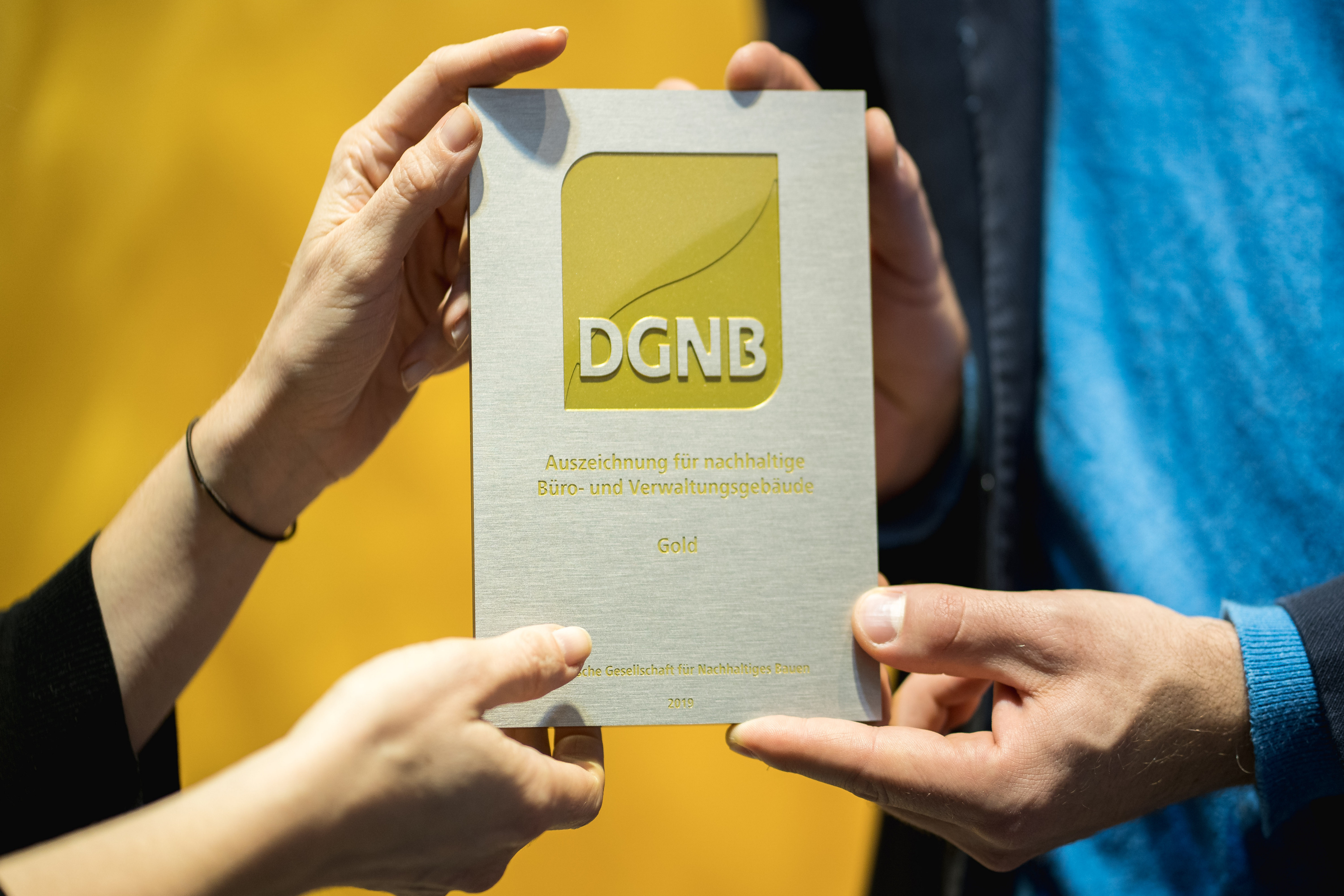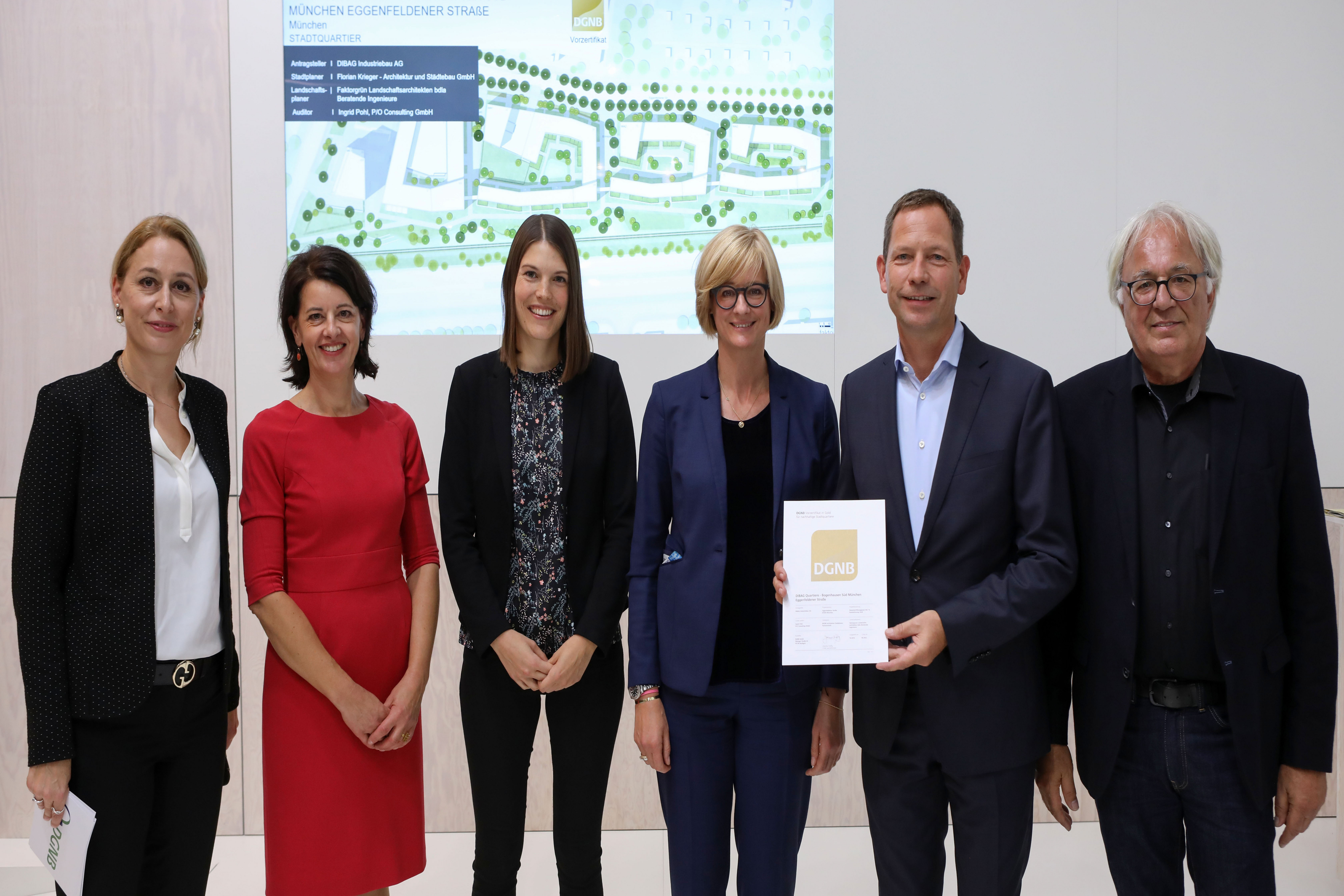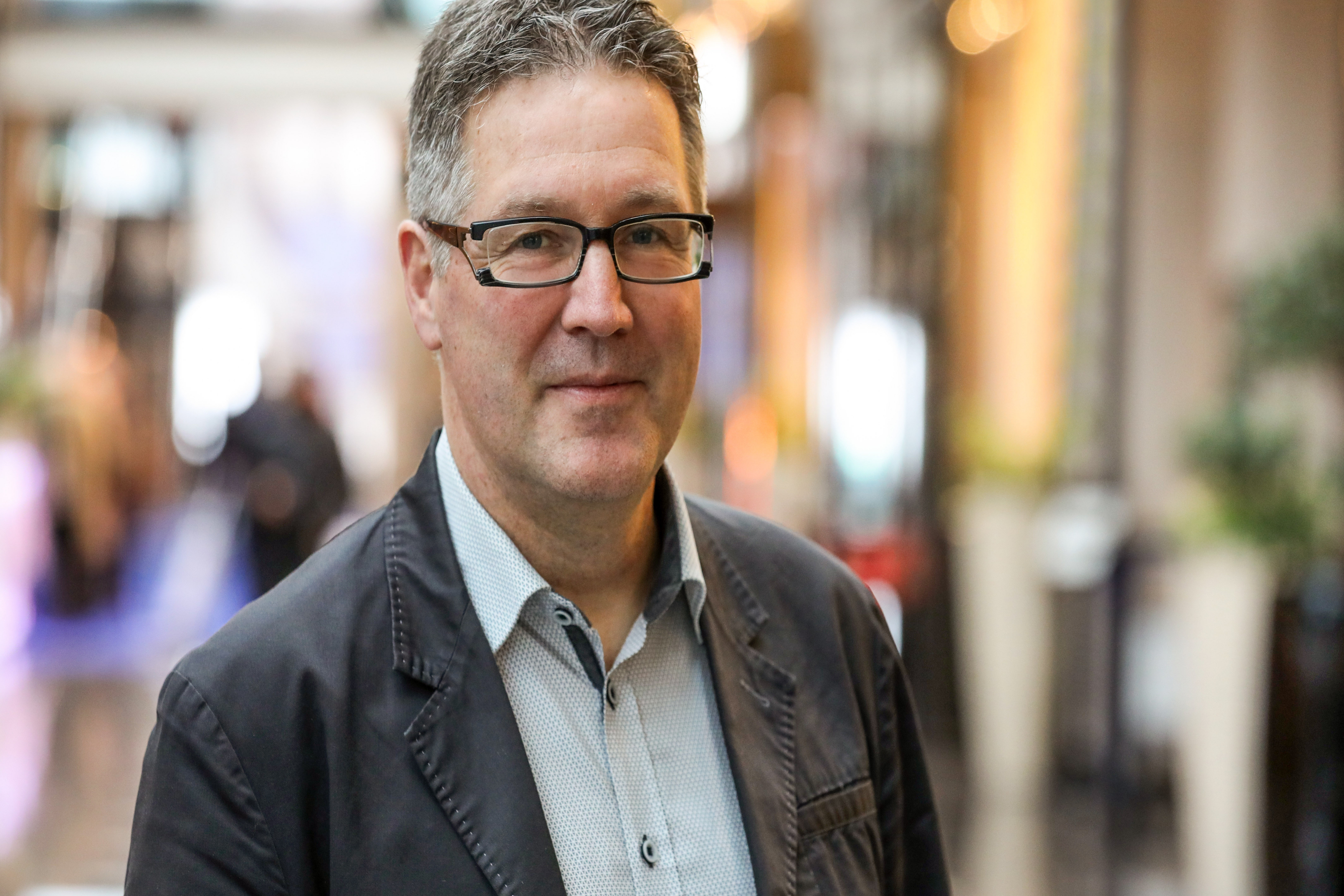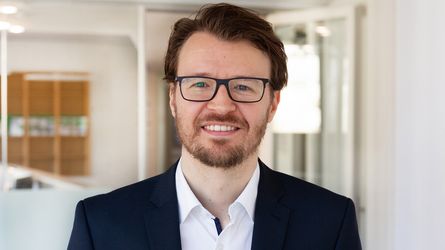Globally, there has been a sharp rise in interest over the past decade in certifying the sustainability of development projects. The DGNB has certified more than 6000 developments alone, in just under 30 countries. "The bit where certification really starts to make a difference is when it's used as a planning and optimisation tool in the early phases of a project," states DGNB Managing Director Johannes Kreißig. "This isn't about ticking boxes on checklists without reference to the specific project, it's about introducing measures that make the most sense in terms of holistic sustainability – to demonstrably improve a building or district."
International DGNB certification takes local factors into account
The DGNB is setting global standards with the new version of its certification for new buildings.
Compared to other certification labels, it is the most ambitious, the most differentiated and the most clearly focused on future requirements. "We're not updating the system just for the sake of it. This was a necessity, especially given the now urgent need to tackle major global challenges such as climate change," states Kreißig. One aspect that makes DGNB certification special, particularly in an international context, is that it takes specific conditions on a local level into account – such as regulatory factors, the local climate and cultural issues. This makes the international version of the DGNB System much more than a straightforward conversion of the German system.
DGNB certification takes a comprehensive approach by considering a myriad of factors affecting
climate protection and resource conservation. For example, the DGNB System is the first certification model globally that makes it possible to assess and measure circular economy solutions on a building level, also providing clear incentives for planning and developing climate-positive buildings. Key sustainability requirements – currently promoted by initiatives such as the EU taxonomy scheme and the LIFE level(s) project (the European reporting framework for sustainable buildings) – have always been a central feature of DGNB certification, tried and tested for years. These include a life cycle assessment, calculating a building's life cycle impact and mandatory assessments of indoor air quality. To underscore the need for buildings to be future-proof, the DGNB also sets the bar high within its assessment criteria when it comes to construction material standards. This affects factors such as
avoiding harmful and potentially hazardous materials. Combined with the DGNB Diamond, the DGNB System is also the first certification scheme in the world to make appropriate reference to design factors or the quality of Baukultur.
"The rise in interest in DGNB certification from outside Germany continues unabated, and it's great to see more and more people taking the underlying planning philosophy on board," states Kreißig. "Used properly, the system is a perfect starting point for planning and optimising buildings, not only because it allows them to meet climate protection goals, but also because people are offered a healthy environment, one that's worth living in."
The previous international version of the DGNB System was drafted in 2014 and was targeted more specifically at offices and administrative buildings. The new version applies equally to nine different types of usage scenarios, such as housing, offices, trade, logistics, manufacturing, hotels and education.
Developing sustainable districts – a key task of urban development
The DGNB certification system for sustainable districts was introduced in 2012. Its aim is to help implement high sustainability standards across the board – in keeping with defined objectives, systematically and economically. The new version of the system that is now being published is an important step forward for the previous district certification scheme. All criteria have been re-examined in terms of topicality, methods, suitability regarding certain goals and practical application. Adjustments have been made as necessary. A number of concepts were also adopted from the latest version of building certification. These include the introduction of bonus points, which have a positive impact on certification scores, and a concept called innovation areas, which gives developers and planners certain freedom to think broadly. Another new feature is an assessment of all criteria in terms of the contribution they make to the global sustainable development goals of the United Nations.
The key topics addressed by the new version include climate protection, the ability of a building to adapt to climate change, and resilience. Certification offers specific support when developing districts to produce the lowest possible carbon emissions over the entire life cycle – from the planning and development phase to the actual period of use. Urban climates and microclimates are given just as much consideration as environmental risks and the impact these have on the ongoing value of a district. Another key focus of certification lies in the promotion of biodiversity. Close attention is also given to travel and transport, with incentives to bolster ecomobility and rewards for transportation management strategies that allow for car-free zones. One central topic of certification is the circular economy, i.e. thinking and acting in terms of cycles when it comes to the use of resources and spaces. There is also a strong emphasis on human factors by encouraging planners to create spaces that are pleasant to spend time in and by providing appropriate variety within districts. To gain public acceptance and allow people to identify with developments, planners are rewarded for consulting building users through participation schemes.
For the first time, the system can be applied to different types of usage profiles: urban districts, business districts, commercial areas, event areas and industrial sites. To create synergies, the criteria used for district certification are matched more closely to those used for certifying buildings.
"Planning sustainable districts is a key task of modern urban development," states Johannes Kreißig. "In times of climate change, scarce resources and social division, planners, developers, municipal and institutional building owners bear a particular responsibility to others. This is about creating future-ready, liveable districts in which people can feel comfortable without placing an unnecessary burden on the climate or environment. This is where the DGNB System for Buildings in Use comes in, and we now lead the market throughout Europe in this area."
Training on DGNB certification topics
The DGNB Academy offers a variety of staff training and adult education services on different certification topics, including a special online session on the new DGNB System for sustainable districts on 16 June. For an overview of all seminars, go to www.dgnb-akademie.de/academy-international
The DGNB also offers a series of online information sessions in German and English, including an introduction to the underlying principles of DGNB certification. For an overview of events, go to www.dgnb.de/online-events




